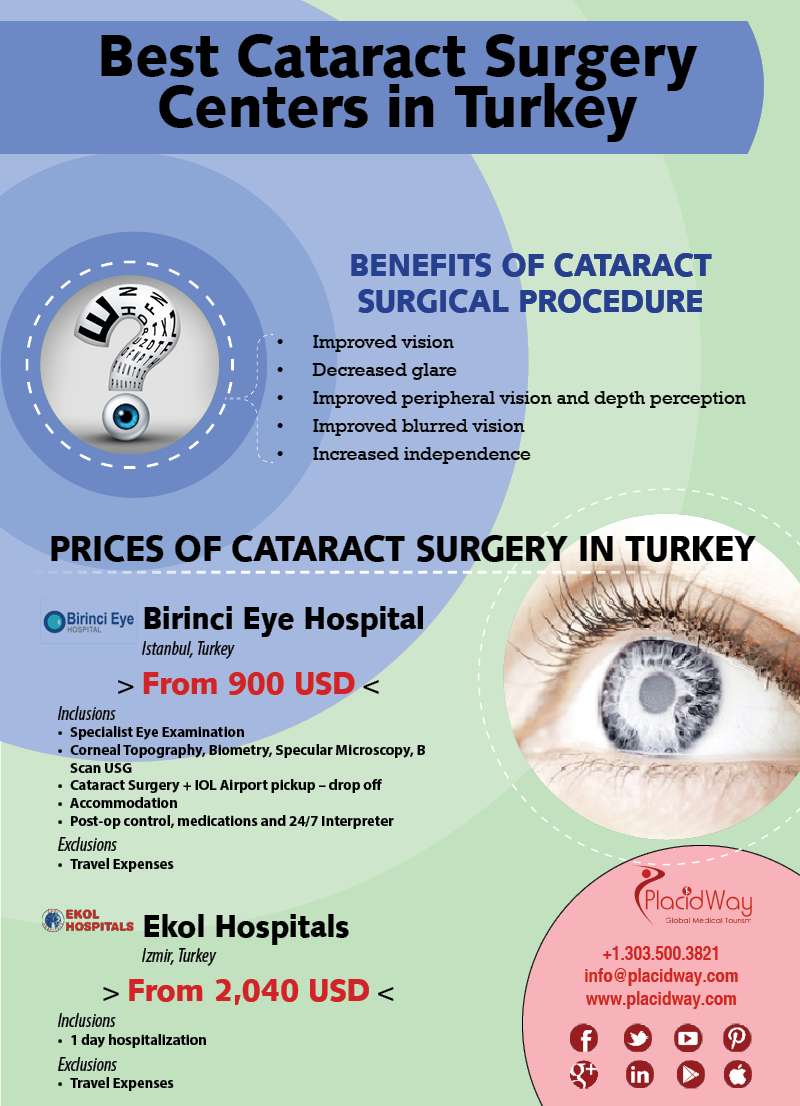This Post Aid You To Understand The Refractive Lens Exchange After Lasik

Article created by-Cortez Wyatt
Refractive Lens Exchange (RLE) is a secure as well as reliable vision restorative procedure that is commonly utilized for individuals who can not get LASIK or other laser vision improvement procedures.
Throughout RLE, the all-natural lens of the eye that has actually come to be rigid as well as can no longer concentrate is gotten rid of and changed with a manmade man-made implant. This allows the person to see plainly at both far and wide ranges without glasses or call lenses.
LASIK vs. RLE
LASIK, PRK as well as other laser vision modification treatments improve refractive errors like nearsightedness (myopia), farsightedness (hyperopia) or astigmatism by improving the cornea. These treatments additionally get rid of or lower a patient's need for glasses or get in touch with lenses.
Refractive lens exchange, or RLE, is a various technique to optional refractive surgical procedure than laser vision improvement. It replaces the eye's all-natural lens with a synthetic intraocular lens, or IOL.
This procedure can eliminate the requirement for glasses or contacts and avoid future cataract growth. It is a fantastic choice for people that do not qualify for LASIK or who are older as well as have presbyopia, or age-related blurred near vision.
Throughout RLE, your eye's all-natural lens is eliminated as well as changed with an artificial IOL that supplies clear vision at a solitary focusing distance. The option of IOL relies on your treatment expectations as well as a Mittleman Eye specialist will certainly aid you choose the right kind for your special visual requirements.
RLE vs. PRK
RLE (Refractive Lens Exchange) is a more recent sort of vision improvement surgical procedure that can be more reliable for some people than LASIK or PRK. It can also help enhance a person's quality of life by reducing the requirement to wear glasses.
https://telegra.ph/LASIK-Surgical-Treatment-Can-Fix-Astigmatism-By-Improving-The-Cornea-The-Treatment-Fasts-And-Also-Pain-Free-04-13 can be a great option for patients who have a high degree of nearsightedness, hyperopia or astigmatism that would make them disqualified for LASIK or PRK. It is likewise a good selection for individuals that have age-related vision issues, like presbyopia or cataracts.
Refractive Lens Exchange is normally done for patients over 40 and who have a modest to high level of refractive mistake. It is additionally beneficial to people who have a thin cornea because they do not require to worry about the flap of their cornea being harmed by LASIK.
RLE vs. Monovision
Refractive lens exchange, or RLE, is a secure and also effective vision improvement treatment that eliminates your eye's natural lens, and replaces it with a man-made intraocular lens (IOL). It is frequently made use of to deal with presbyopia, or the age-related blurring of up-close vision.
People that have not been prospects for LASIK because of their corneal density may be perfect for RLE. This procedure also makes individuals immune to creating cataracts, an usual eye illness that causes clouding of the all-natural lens.
As an alternative to monovision LASIK, refractive lens exchange is an excellent service for older adults that require reading glasses. This procedure is also beneficial for people with incredibly slim corneas who are not prospects for laser eye surgery.
RLE vs. Monofocal IOLs
Refractive Lens Exchange (RLE) is a terrific choice for clients who do not qualify for LASIK or for those that want to improve their vision at numerous ranges. During RLE, your all-natural lens is changed with an intraocular lens (IOL) of your selection based on your requirements and also choices.
For people that prefer clear vision at one distance only, a monofocal IOL is advised. Making use of the method known as micromonovision, a monofocal IOL can be placed that corrects distance and near vision at the same time.
Alternatively, clients can choose a multifocal IOL to provide clear vision at several distances at a single focus factor. Multifocal IOLs are likewise described as extended depth of focus or accommodating IOLs.
During https://www.ophthalmologytimes.com/view/managing-dry-eye-key-patient-satisfaction-after-cataract-refractive-surgeries , your natural lens is eliminated through a small cut less than 3mm and also replaced with an IOL that is put via the exact same opening. Your eye will certainly recover swiftly and you need to be able to return to typical activities within a week of surgical treatment.

